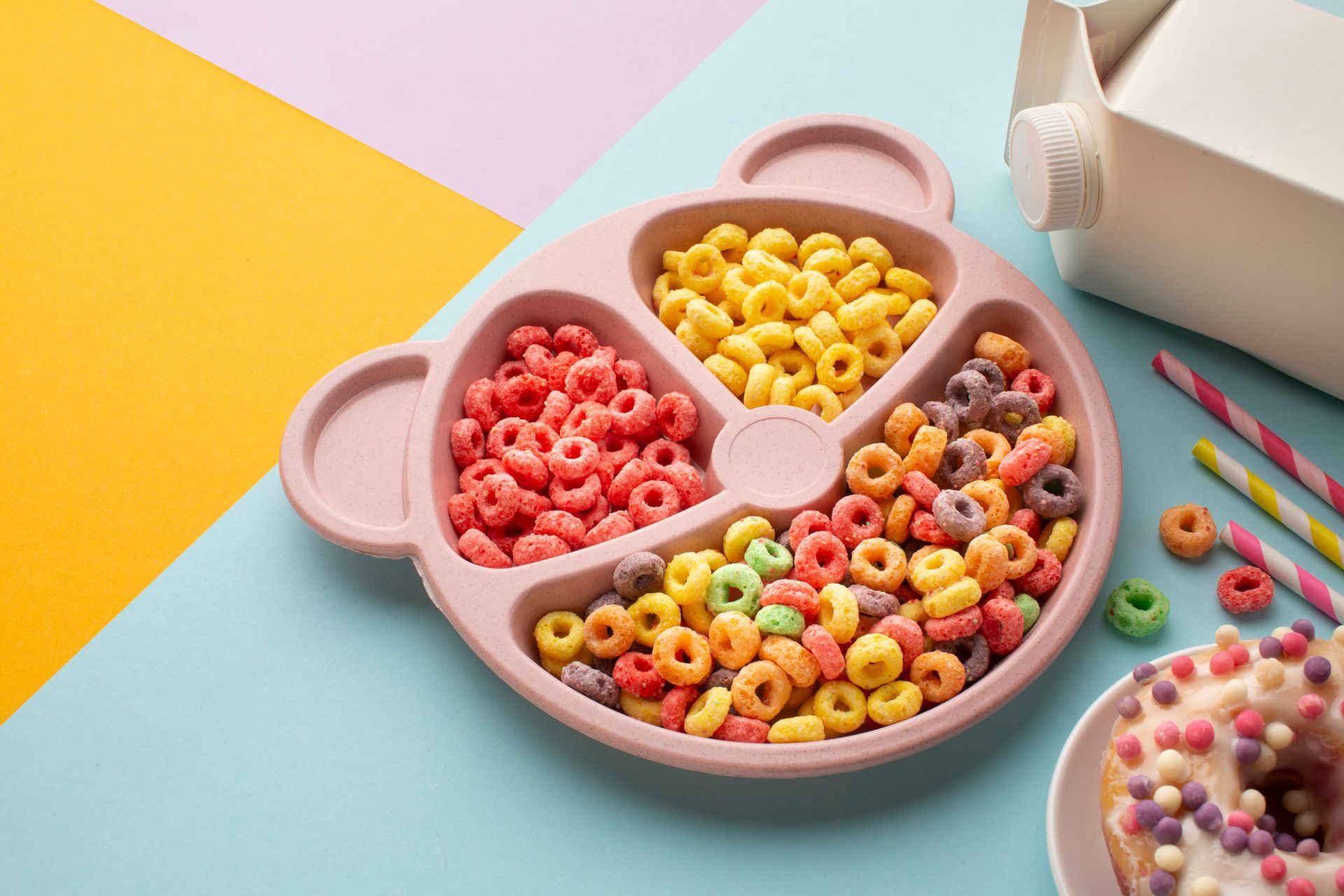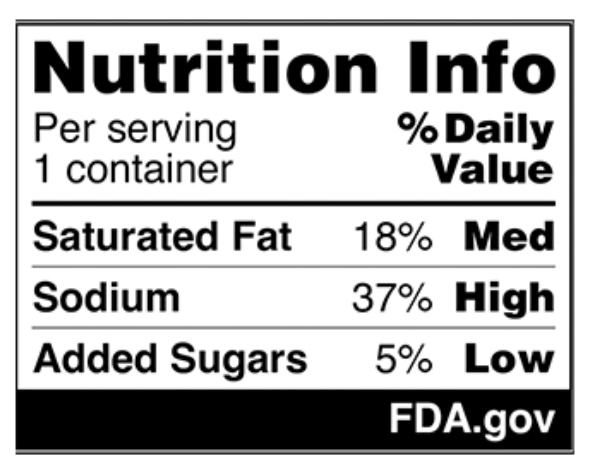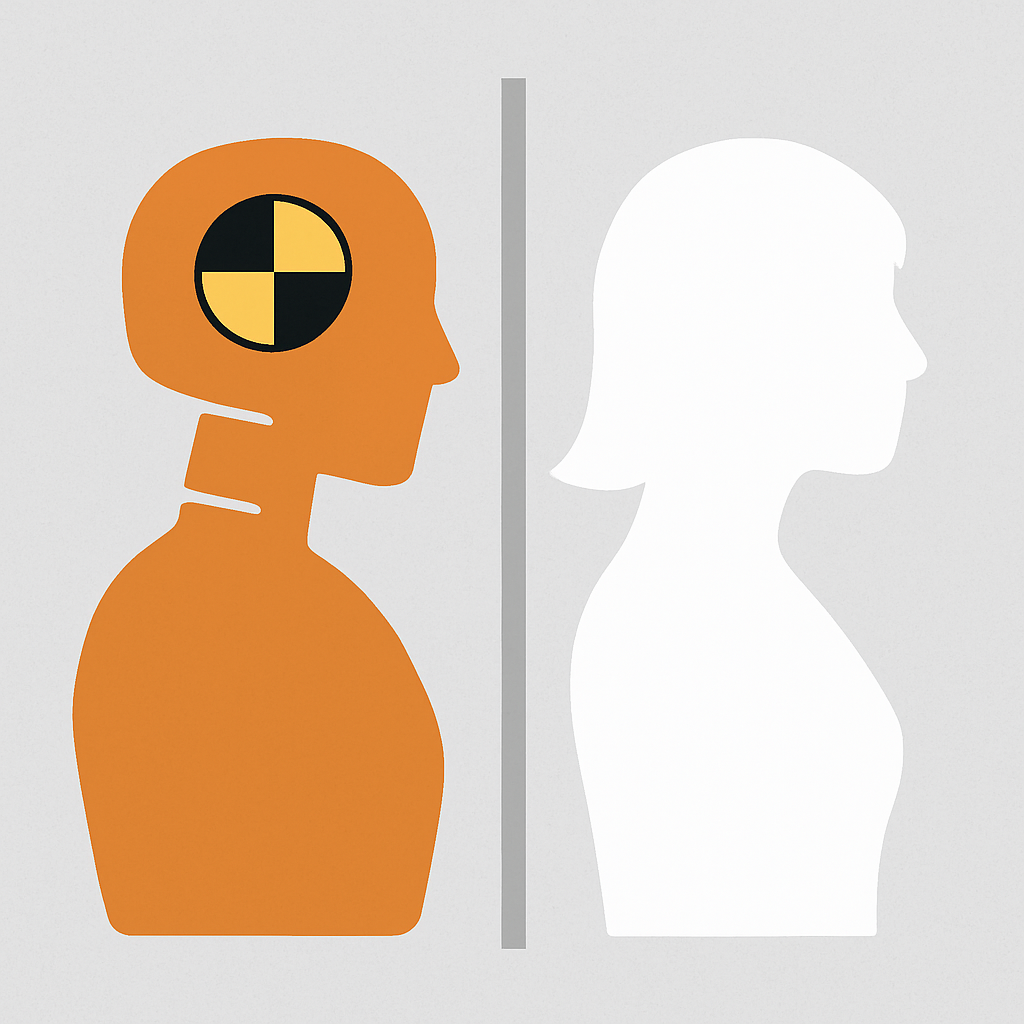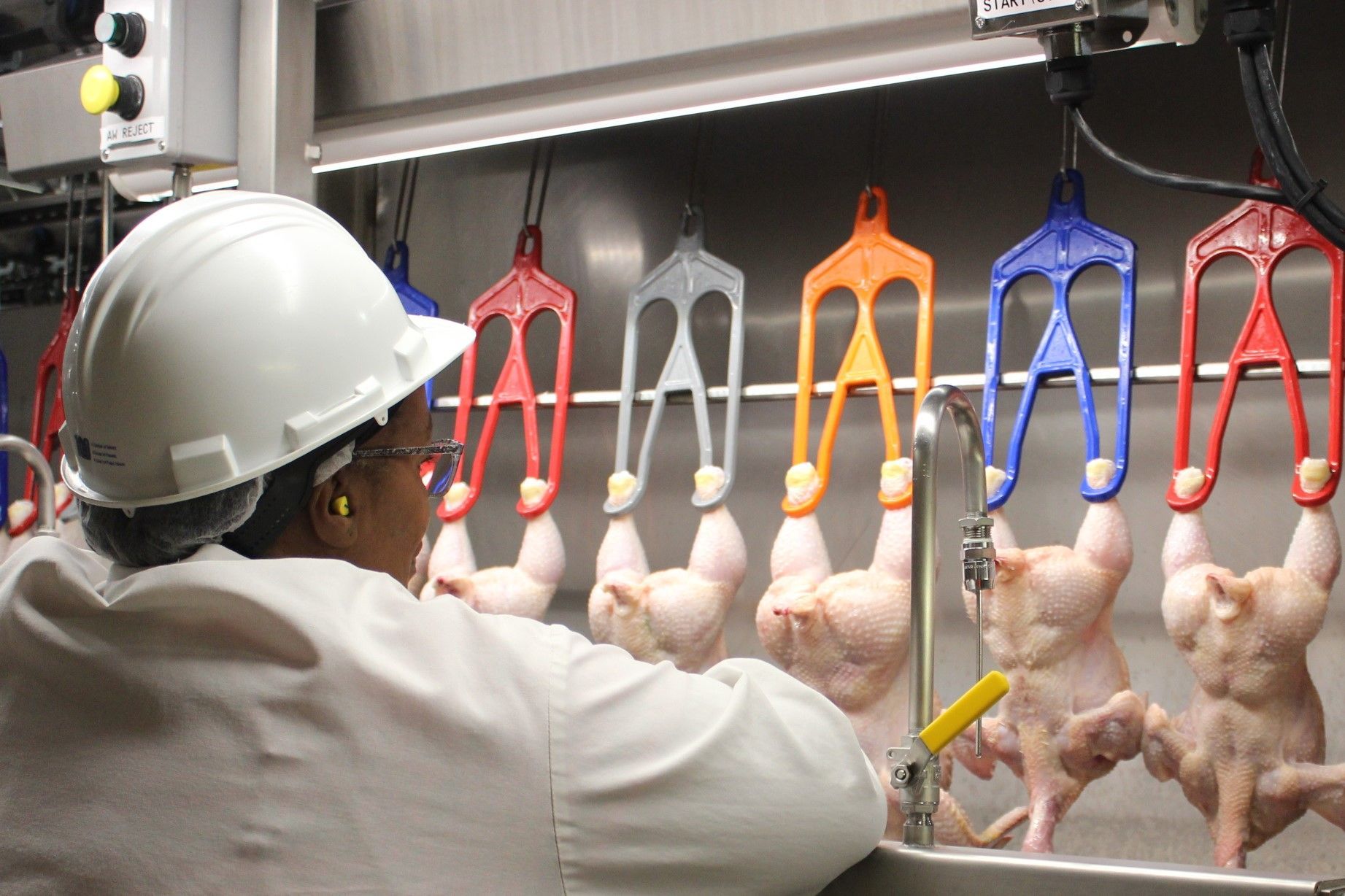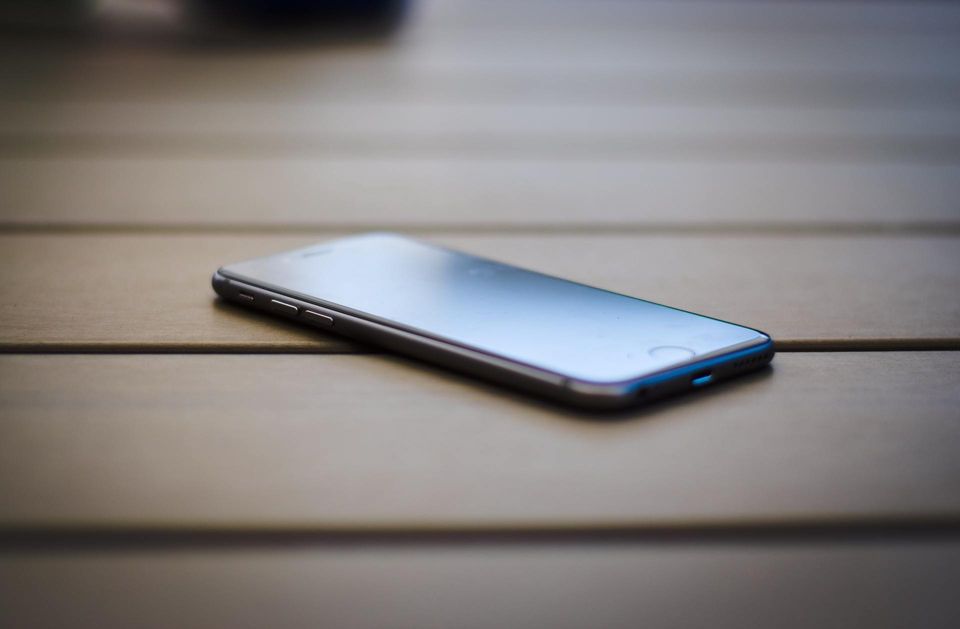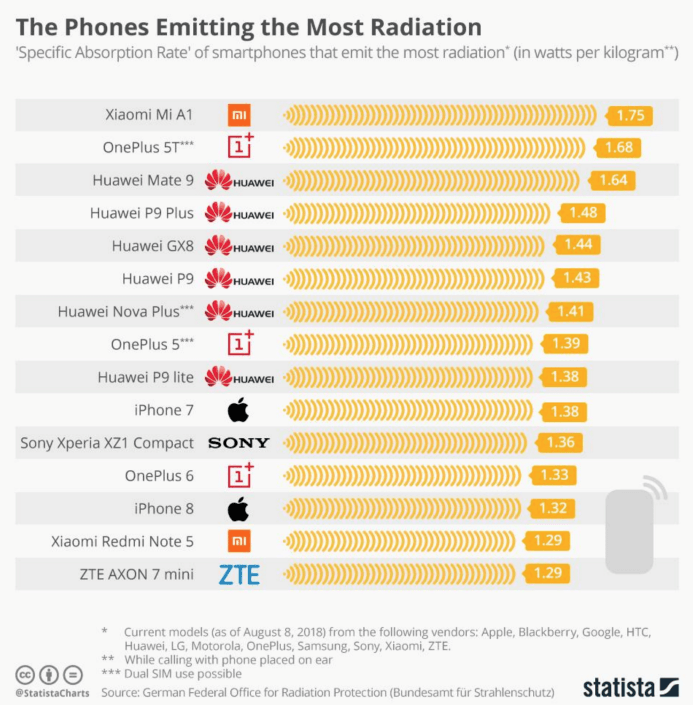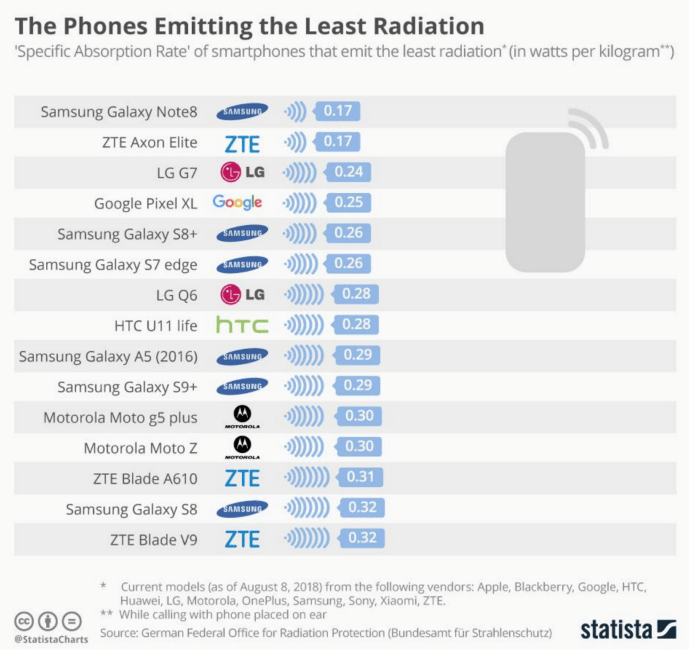IS YOUR CELLPHONE CAPABLE OF CAUSING A DEADLY BRAIN TUMOR?
In the January, 2010, November, 2010 and June, 2011 issues of this newsletter, I raised the question of whether or not our cell phones were capable of causing a rare form of brain cancer developed from a glioma tumor. While solid research findings were scarce, I did report on the UN's World Health Organization's International Agency for Research on Cancer (IARC)'s decision to classify cellphones as "possibly carcinogenic" based on scientific data linking the heaviest users of cellphones to possible brain cancer. IARC then proceeded to label cellphones as a Category 2B device, meaning cellphones are possibly carcinogenic. The U.S. reaction to the WHO study and recommendations, as provided by both the FDA and the FCC, the agencies responsible in the U.S. for regulating the cellphone industry, was to basically ignore the WHO report and issue their own statement declaring that no significant body of research has shown cellphones to be dangerous to users. This conclusion was slightly, if not significantly, jolted when earlier this month, the National Toxicology Program released the results of a decades long study of how rats/rodents responded to heavy doses of radiation from cellphones. They found positive but relatively modest evidence that radio waves from some types of cellphones could raise the risk that male rats develop brain cancer.
While the scientists behind the report stand by their overall conclusion, it is important to note that the exposure levels and durations were much greater than what you or I typically encounter when we use our phones. Further, since the study began in the Clinton administration, some of the cellphones used in the study are from old technology not in use today. Not to be deterred, the Toxicology Program is continuing its studies with newer phones. Tune in!
Some localities (e.g., Maine and the City of Berkely) have passed legislation requiring cellphones sold in those localities to have a warning about the amount of radiation associated with the use of these phones (the actual term used is the "Specific Absorption Rate" or SAR). As a service to our readers, we have decided to let you know which cellphones emit the greatest amount of radiation and which the least. If you are worried about even the possibility of a link between radiation from cellphones and brain cancer, you may want to consider buying a cellphone from the "least" radiation list. The FCC suggests (without any evidence) that we limit our exposure to 1.6 watts per kilogram. Regardless of your level of concern, I continue to recommend that all of us reduce the amount of time on these devices (and get back in touch with good old-fashioned face-to-face "warm flesh not cold plastic" communication) and for any use of the cellphone, use a head set and keep the phone itself away from your body, especially your ears/head.





